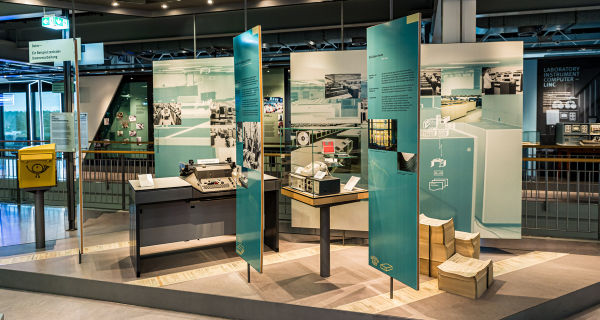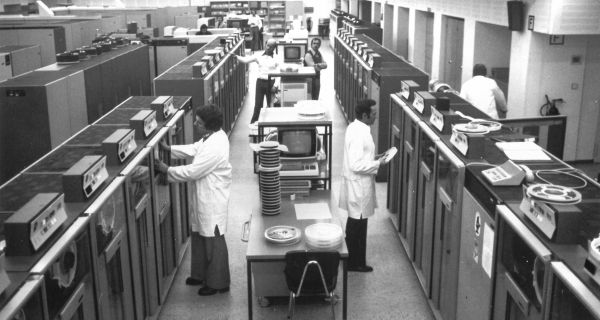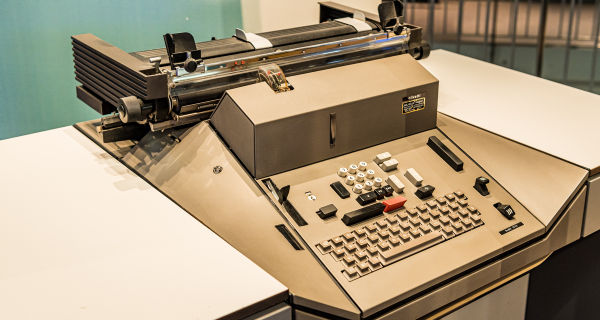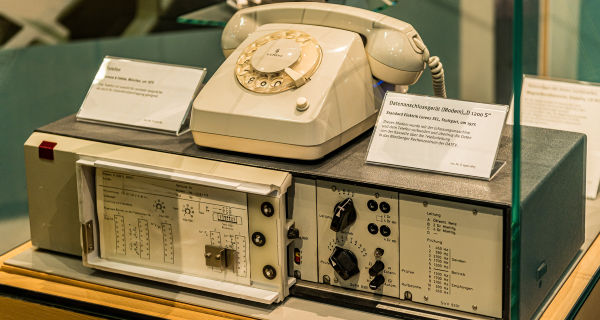The basis of central data processing is a computer centre. All data flows to this centre, is processed there and then returned to the sender. One of the largest computer centres in Europe is in the hands of Datev, the data processing organization for tax consultants in Nuremberg, Germany.
Expensive electronic data processing
The rapid increase in the volume of data at tax consultants' offices was the reason for Datev being founded in 1966. It was established as a cooperative under the management of Heinz Sebiger in Nuremberg to give the individual members access to electronic data processing, which was very expensive at the time. Initially, an IBM service centre was used, before Datev opened its own computer centre in 1969.
Tax consultants recorded data in their offices and sent it to Nuremberg, where it was processed at the computer centre and printed on forms. The data was then returned to the senders.
Data transfer now and then
Although the computer centre still handles the same tasks as in those days, a lot has changed in the way data is recorded and transported. Into the 1970s, data was recorded on paper tape using Olivetti accounting machines. These paper tapes were sent by postal mail to Nuremberg, transferred to magnetic tapes and finally returned to the tax consultants as printed documents or tax forms. In 1974, it became possible to send the data to the computer centre over telephone lines. In addition to a telephone and a modem, this process required an electronic recording machine that stored the data on normal audio cassettes. The data was then sent to Datev at cheap transmission rates after 10:00 p.m.
Nowadays, tax consultants have PCs in their offices and transfer the data to Nuremberg via internet. 40 tonnes of paper are printed each day at the computer centre. Owing to the quality of work, the reliability of data and the variety of software that is needed, central data processing is still worthwhile and successful in this sector.




